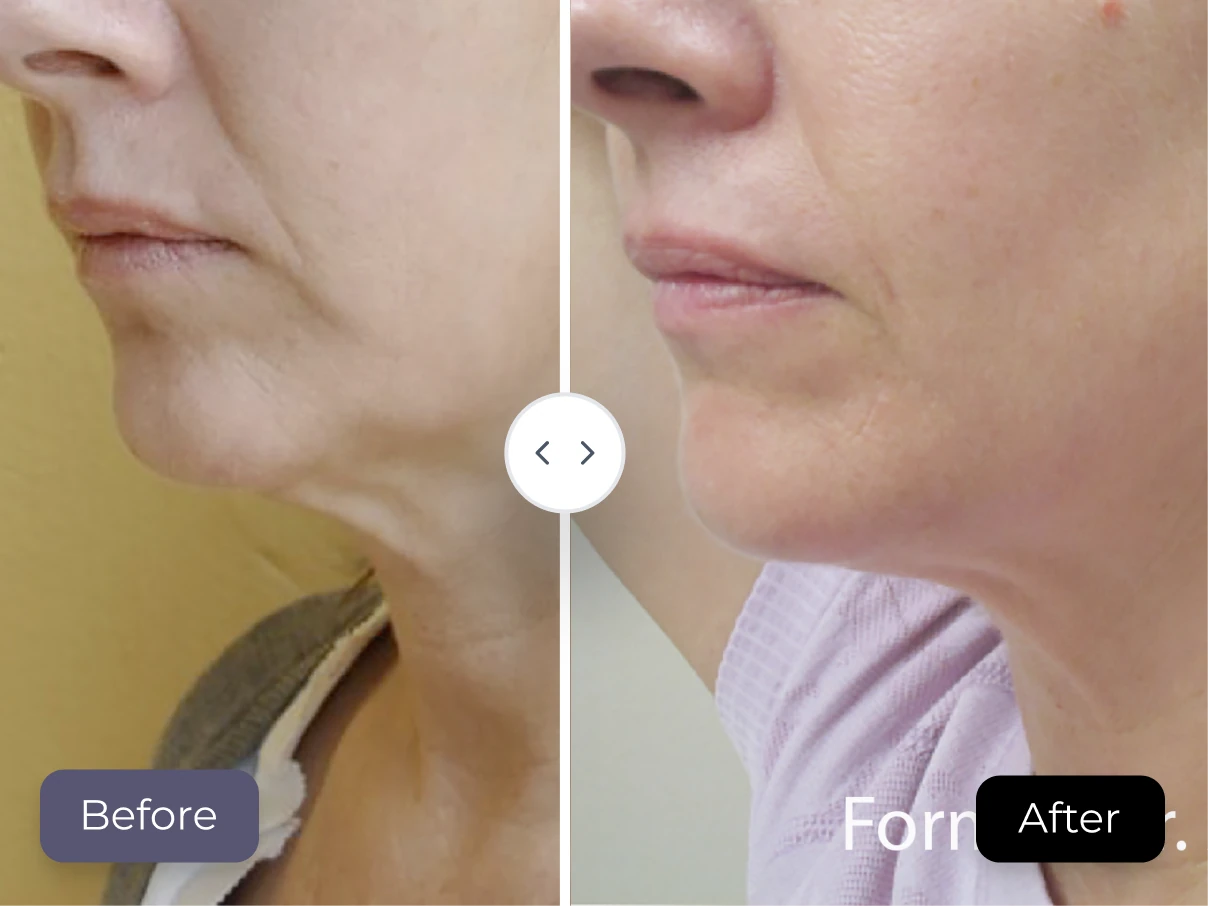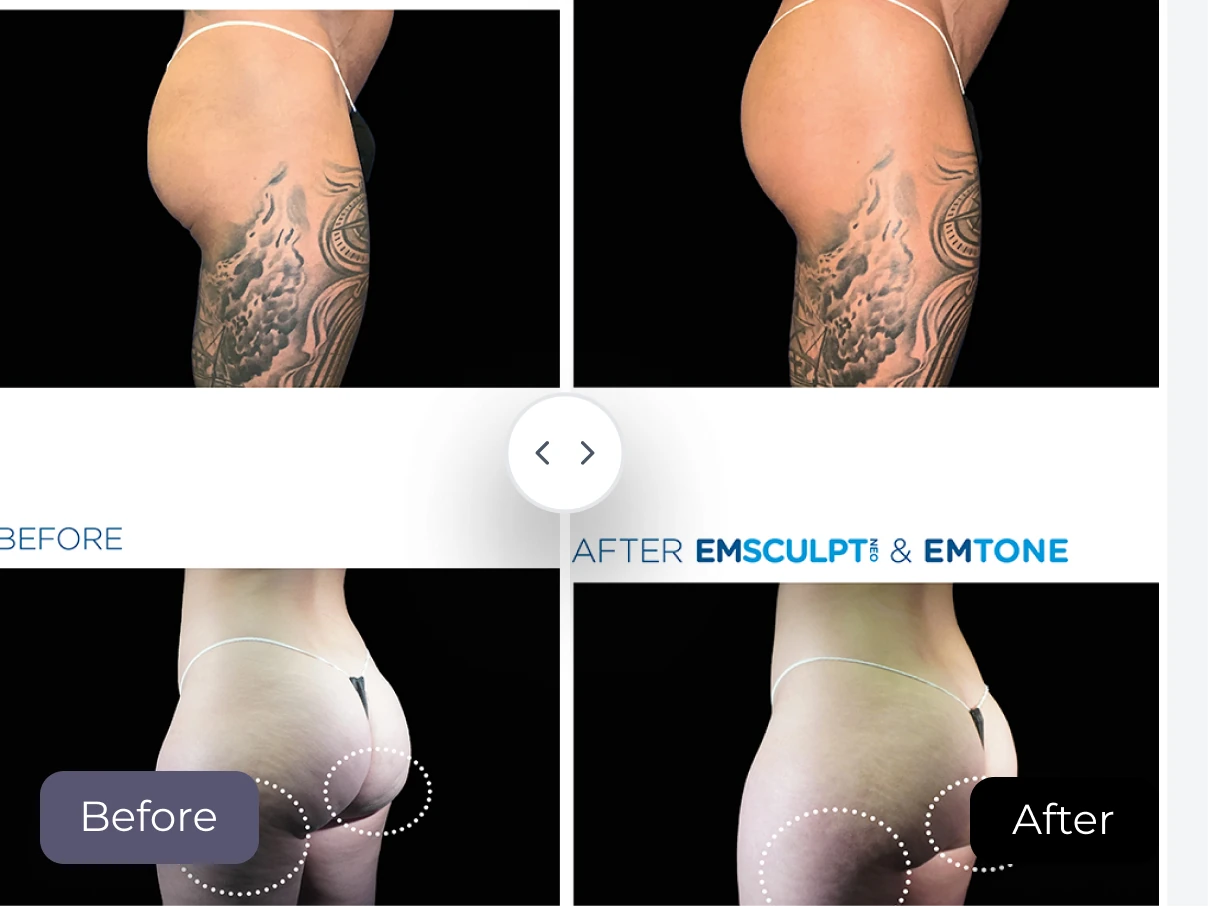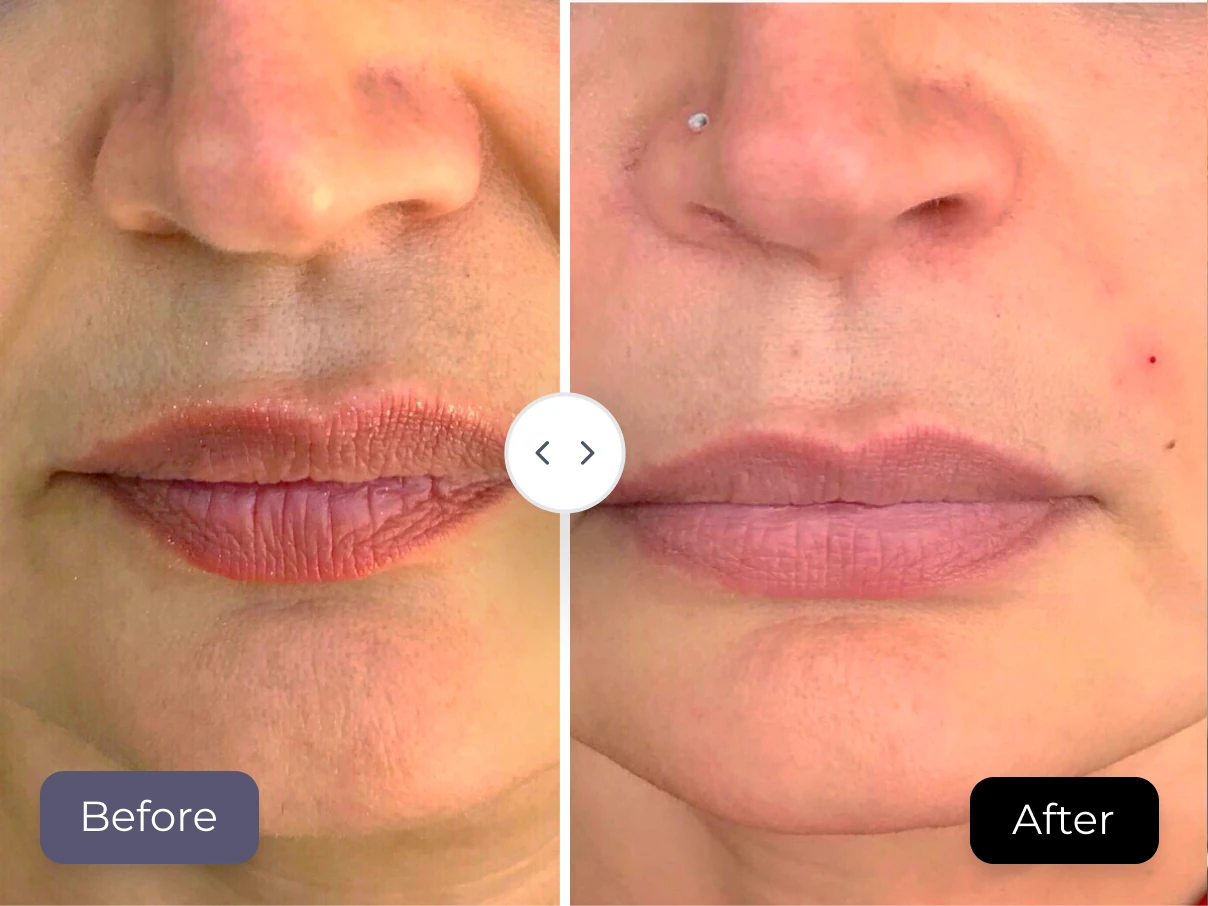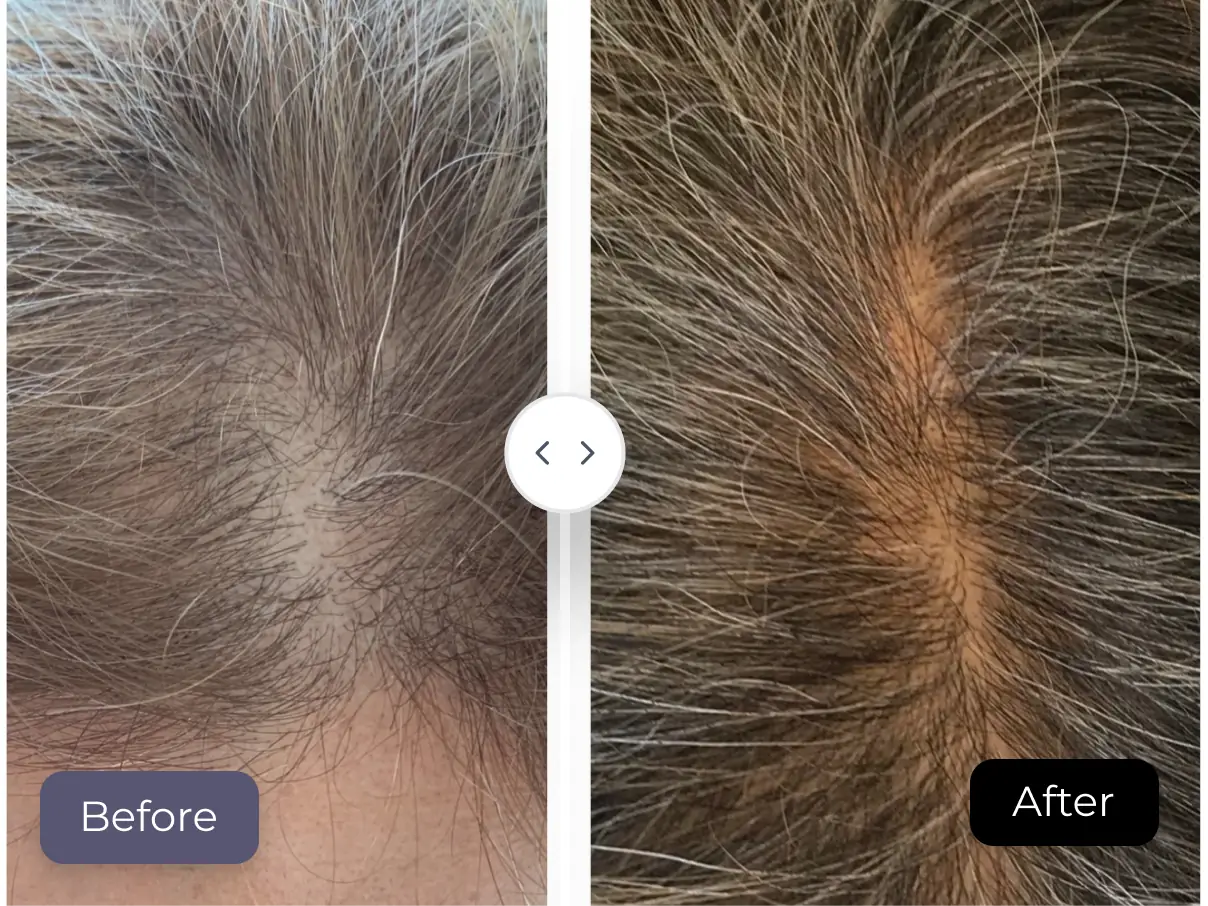Microneedling has become a go-to treatment for people looking to improve skin tone, fade dark spots, and smooth overall texture—without going under the knife.
If you’re dealing with hyperpigmentation, including sun damage, melasma, or post-acne marks, microneedling could help reduce discolouration by triggering your skin’s natural healing process.
In this guide, we’ll break down how microneedling works for hyperpigmentation, what results you can expect, and how to combine it with other treatments for even better outcomes. You’ll also learn what to watch out for—especially if you have sensitive or darker skin.
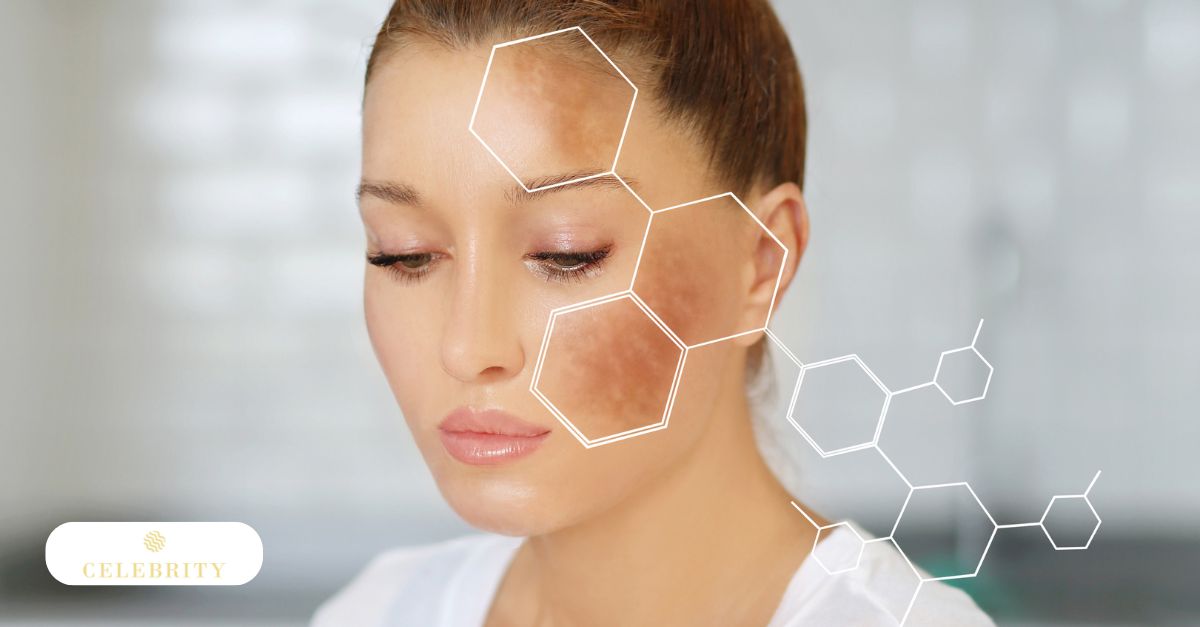
Understanding Hyperpigmentation and Its Causes
Hyperpigmentation is a common skin concern where certain areas become darker than the surrounding skin due to excess melanin production.
It often appears as dark spots, uneven patches, or overall discolouration—and it can affect people of all skin tones.
Several factors can trigger hyperpigmentation, including:
Sun Exposure
Too much UV exposure can stimulate melanin production, causing sun spots or age spots—especially on areas like the face, chest, and hands.
Hormonal Changes
Conditions like melasma, often linked to pregnancy or birth control pills, can lead to larger patches of discolouration, usually on the cheeks, forehead, or upper lip.
Post-Inflammatory Hyperpigmentation (PIH)
This type of pigmentation appears after inflammation or injury—commonly from acne, eczema, or even minor cuts. It’s the skin’s way of healing, but it can leave behind dark marks.
What is Microneedling, and how does it work for hyperpigmentation?
Microneedling is a minimally invasive treatment that uses a device with tiny, sterile needles to create controlled micro-injuries in the skin.
These tiny punctures stimulate your body’s natural healing process—boosting collagen production and speeding up skin cell turnover.
As your skin heals, it begins to regenerate more evenly. This process can break down excess melanin—the pigment that causes dark spots—leading to a more uniform skin tone over time.
Microneedling also helps your skin absorb brightening ingredients more effectively, making it an ideal companion to topical treatments for hyperpigmentation.
How Microneedling Improves Skin Tone
Microneedling helps reduce dark spots by encouraging your skin to renew itself from within. As fresh skin cells replace older, pigmented ones, tone and texture naturally improve.
The controlled micro-injuries also stimulate collagen and elastin, which support healthy skin structure and faster healing. Over time, this process helps fade uneven pigmentation.
In addition, microneedling increases the skin’s ability to absorb brightening agents like hydroquinone, retinoids, and vitamin C—amplifying their effect on dark patches.
The result? Smoother skin, improved clarity, and a more even complexion with each session.
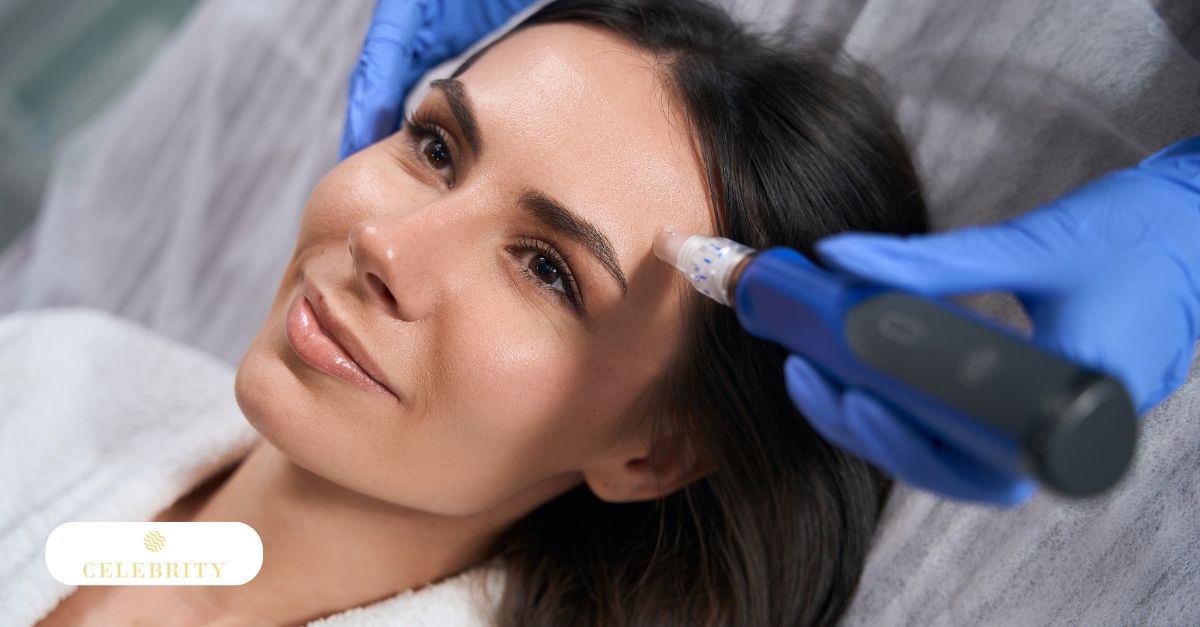
Effectiveness of Microneedling for Hyperpigmentation
Microneedling has shown promising results in reducing various forms of hyperpigmentation, including melasma, sun spots, and post-inflammatory discolouration.
Compared to laser treatments, which may cause irritation or worsen pigmentation in darker skin tones, microneedling offers a safer alternative with minimal downtime.
It’s especially suitable for a wider range of skin tones, including Fitzpatrick types IV–VI, which are more prone to post-treatment pigmentation issues.
When combined with topical treatments like hydroquinone or retinoids, microneedling becomes even more effective—helping fade dark spots faster and more evenly.
As a non-invasive skin rejuvenation treatment, it offers long-term benefits without the risks associated with more aggressive procedures.
Potential Side Effects of Microneedling for Hyperpigmentation
While microneedling is generally safe, it’s important to understand potential side effects—especially when treating pigmentation concerns.
After treatment, it’s normal to experience redness, swelling, or mild irritation in the treated area. These typically resolve within a few hours to a couple of days. Some people also notice light flaking as the skin renews.
In rare cases, there may be a risk of infection, scarring, or prolonged irritation—especially if the procedure isn’t done by a licensed professional or if post-care instructions aren’t followed properly.
Those with darker skin tones may also be at increased risk of post-inflammatory hyperpigmentation (PIH) if the treatment is too aggressive or healing is disrupted.
Avoiding sun exposure, following aftercare directions, and working with a trained provider are key to minimizing these risks.
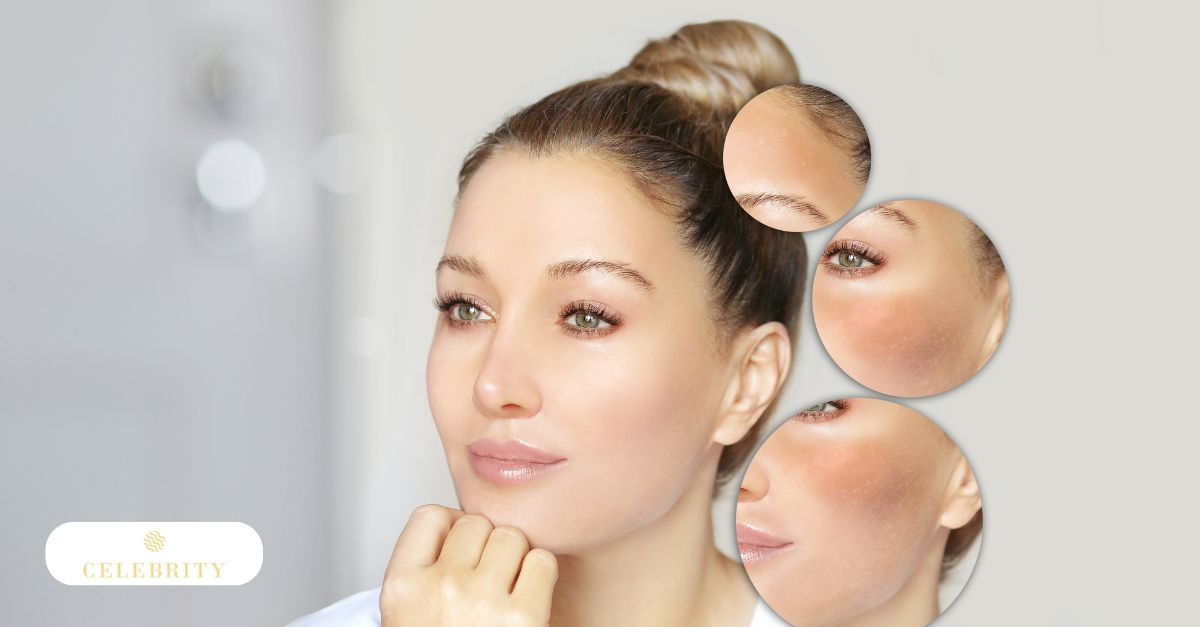
Considerations for Different Skin Types
Microneedling can benefit a wide range of skin types, but treatment must be tailored to your specific needs—especially when managing hyperpigmentation.
Darker Skin Tones
People with darker skin (Fitzpatrick types IV–VI) are more prone to post-inflammatory hyperpigmentation (PIH). That’s why it’s essential to work with a skilled professional who can adjust needle depth and technique to reduce irritation and support safe healing.
Sensitive Skin
If your skin is sensitive or reactive, microneedling may cause more noticeable redness, dryness, or discomfort. In these cases, shorter sessions, gentler needle depths, and extended recovery time may be needed.
Consulting a Professional
Before starting microneedling, speak with a licensed provider or dermatologist. They’ll evaluate your skin type, pigmentation severity, and risk factors to ensure your treatment plan is effective—and safe.
At Celebrity Laser & Skin Care, our experienced team offers tailored microneedling treatments for all skin tones and types. We guide you through every step—from planning to post-care—for optimal results.
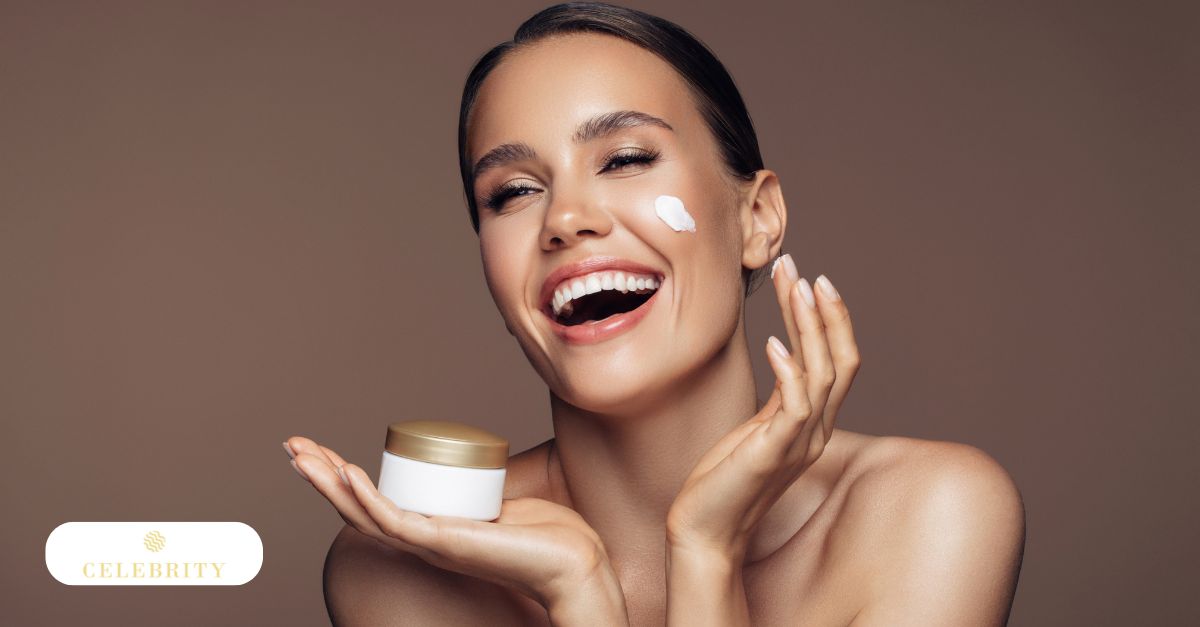
Combining Microneedling with Topical Treatments
Microneedling enhances the effectiveness of many topical brightening agents. The microchannels created during treatment allow ingredients to penetrate deeper—amplifying their ability to fade pigmentation.
Hydroquinone
A widely used skin-lightening agent, hydroquinone helps block melanin production. When paired with microneedling, it reaches deeper layers of skin, making it more effective at fading dark spots and melasma.
Retinoids
Retinoids accelerate cell turnover, which helps slough off pigmented skin cells. When combined with microneedling, they support faster skin regeneration and better pigment correction.
Vitamin C
Vitamin C is a powerful antioxidant known for its brightening effects. Applied after microneedling, it boosts collagen production and helps even out skin tone while protecting against free radical damage.
Together, these combinations can significantly enhance results—especially when guided by a skin professional who understands your pigmentation type and skin sensitivity.
At-Home vs. Professional Microneedling
Microneedling can be done at home with a dermaroller or professionally using advanced devices—but the results and safety levels are quite different.
At-Home or Professional Microneedling? A Side-by-Side Comparison | ||
| Feature | At-Home Microneedling | Professional Microneedling |
| Needle Length | 0.25mm – 0.5mm | 1mm – 3mm |
| Effectiveness | Gradual, Subtle Results | Faster, More Dramatic Improvements |
| Risk of Side Effects | Higher Due to Improper Use | Lower with Professional Care |
| Downtime | Minimal | A Few Days |
| Cost | Lower Upfront | Higher per Session |
| Customization | Limited | Tailored to Your Skin Type and Goals |
| Safety | Risk of Infection if Misused | Safer with Sterile Tools and Controlled Environment |
| Results | Slow Progress Over Time | Quicker, Longer-Lasting Results |
| Pain Level | Mild Discomfort | Moderate (Numbing Cream Applied) |
| Skin Type Suitability | Best for Mild Issues | Safe for All Skin Types and Pigmentation Levels |
At-Home Microneedling
At-home dermarollers typically use shorter needles (0.25–0.5mm) and are best for mild skin concerns like dullness or uneven texture.
While affordable and convenient, at-home devices carry a higher risk of improper use, including irritation or infection. Results are gradual and require consistent use. They’re not recommended for treating deeper pigmentation issues.
Professional Microneedling
Performed by trained specialists, professional microneedling uses longer needles (1–3mm) to reach deeper layers of skin. This approach delivers faster, more dramatic results—especially for stubborn hyperpigmentation.
Treatments are done in sterile, controlled settings with proper pre- and post-care. Professionals can also customize needle depth, pressure, and combine treatments like PRP for enhanced benefits.
Which One Is Right for You?
At-home microneedling may work for mild texture concerns, but it’s not ideal for treating deeper pigmentation issues. Professional treatments deliver faster, safer, and more visible results, especially when guided by a trained expert.
Expected Results and Timeline
Microneedling delivers gradual, layered improvements. Results vary based on skin type, pigmentation severity, and how consistently treatments are spaced.
Initial Results
After your first session, you may notice brighter skin, improved texture, and a slight reduction in dark spots. These early changes are usually subtle but encouraging.
Full Results
More noticeable improvement typically appears after 3 to 6 sessions, spaced about 4–6 weeks apart. This gives your skin time to heal and regenerate between treatments.
Expect visible fading of hyperpigmentation, smoother tone, and a refreshed appearance as collagen production increases over time.
Long-Term Maintenance
To maintain your results, follow-up sessions every 6 to 12 months are often recommended. These touch-ups help preserve pigment balance and prevent discolouration from returning.
Your provider can help tailor a long-term plan based on your skin’s needs and your pigmentation history.
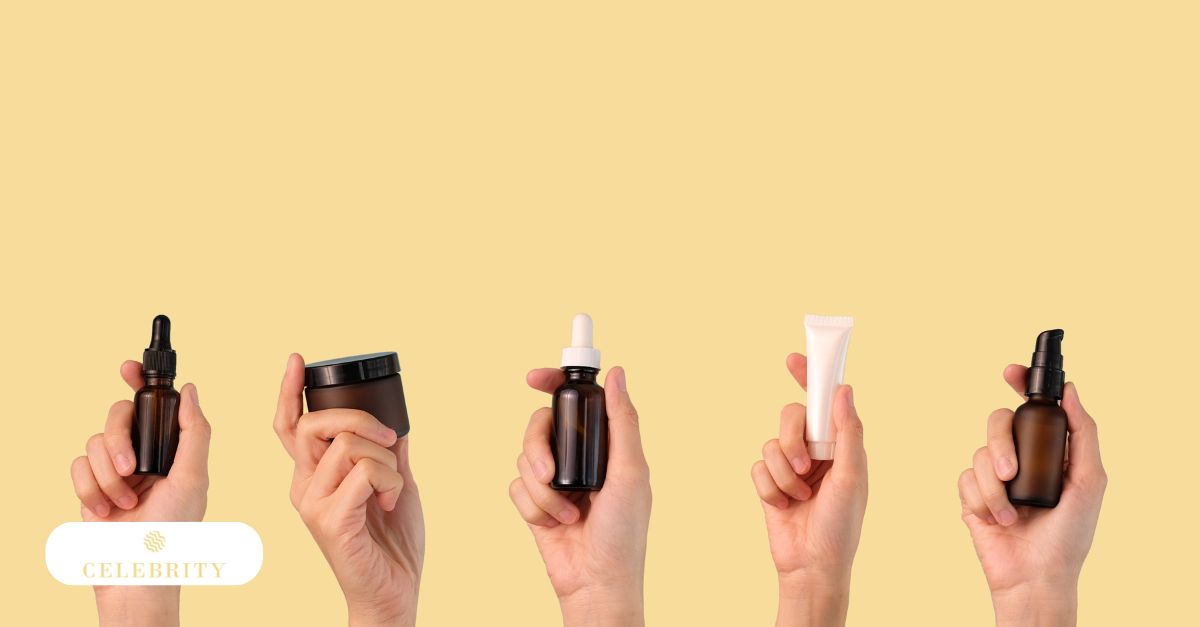
Best Skincare Products to Use After Microneedling
Proper microneedling aftercare is key to healing and enhancing your results—especially when treating hyperpigmentation. Choosing the right post-treatment products can support skin recovery while protecting against irritation or pigment relapse.
Here’s what to focus on:
Hydrating Serums
Look for gentle, fragrance-free serums with hyaluronic acid. This ingredient draws moisture into the skin, keeping it plump, soothed, and supported during the healing phase.
Moisturizers
Use a non-comedogenic, barrier-repairing moisturizer containing ingredients like ceramides, glycerin, or squalane to reduce dryness and reinforce the skin’s protective layer.
Broad-Spectrum Sunscreen
Apply a mineral SPF 30 or higher every morning. Your skin will be more sensitive to UV rays after microneedling, and sun exposure can reverse your progress and worsen pigmentation.
Avoid active ingredients like acids, retinoids, or exfoliants for the first few days unless recommended by your provider.
Conclusion
Microneedling is a proven, non-invasive treatment that targets hyperpigmentation while also improving skin texture and tone.
By stimulating collagen and enhancing product absorption, it fades dark spots, reduces sun damage, and helps correct post-inflammatory discolouration.
Whether used on its own or paired with treatments like PRP or hydroquinone, understanding how microneedling improves skin tone is essential to unlocking its full potential.
Before starting, consult with a qualified skincare provider to customize your plan based on your skin type and pigmentation severity.
Your Next Step Toward Clearer, Brighter Skin
At Celebrity Laser & Skin Care, we specialize in treating hyperpigmentation with advanced microneedling techniques and combination therapies. Our team customizes each treatment to deliver safe, visible results you can feel confident about.
👉 Book your consultation today and begin your journey toward smoother, more even skin.


